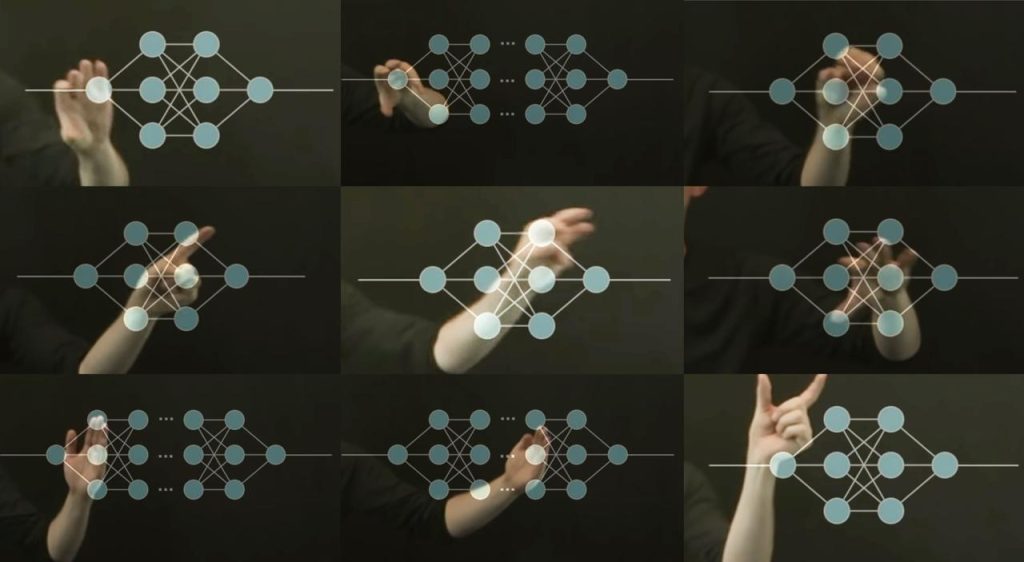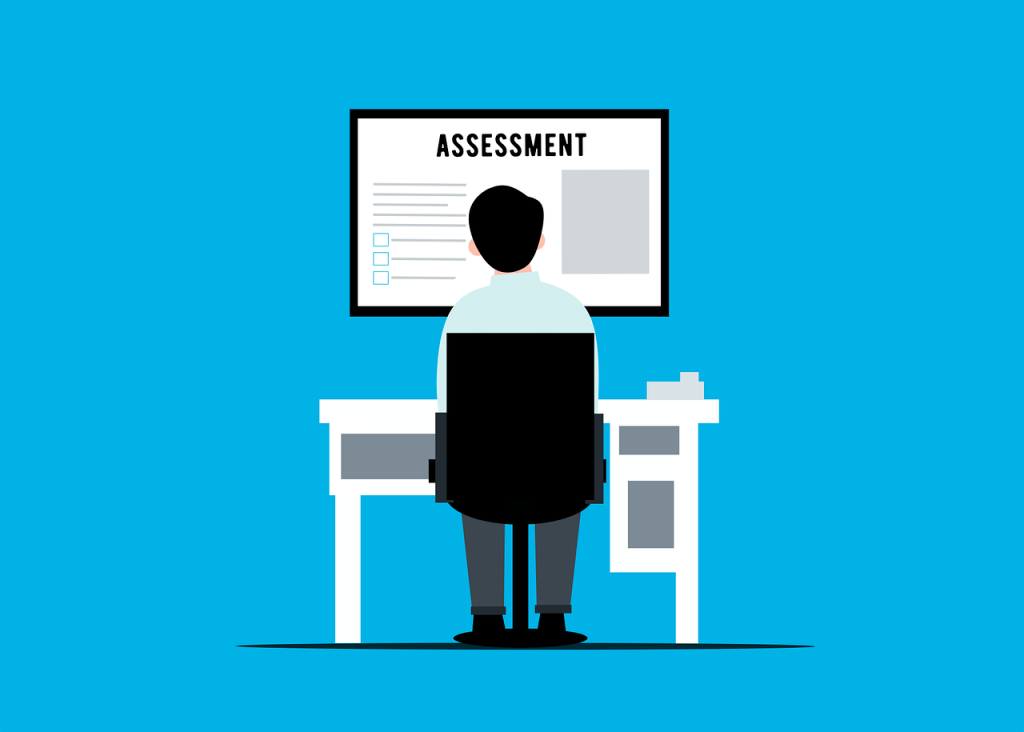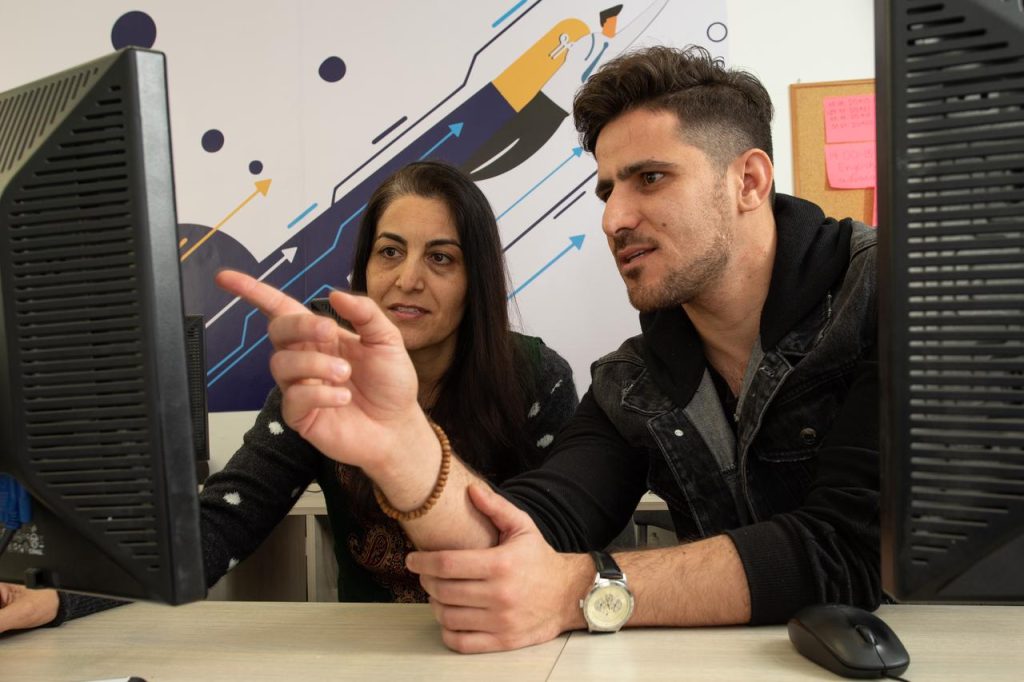Explainable AI

Alexa Steinbrück / Better Images of AI / Explainable AI / CC-BY 4.0
The European Digital Education Hub has put out a call for members for a working group (they call them "squads") on Explainable AI. They say:
As AI systems become increasingly influential in shaping teaching, educational outcomes and assessment, the demand for transparency and accountability in these systems has grown. Explainable AI aims to bridge the gap between complex AI algorithms on the one side and educators, learners, and administrators on the other by providing clear insights into how AI systems arrive at their conclusions.
This transparency is crucial as it fosters trust among users, who can see and understand the rationale behind AI-driven decisions, recommendations and actions. It also empowers educators to make informed decisions about integrating AI tools into their teaching strategies. Additionally, it ensures that AI systems uphold ethical standards, mitigating potential biases and promoting fairness in educational assessments.
I like the idea and have put in my application (membership is unpaid). But I got to thinking that we should pick up this in the AI Pioneers project. My idea is to try to write one 'explanation' about AI a week and also to publish it as a TIC TOC video. And of course I would love to involve AI Pioneer members in the whole process. As an aside we will be unveiling more interactive tools and activities for members of the network in the new few weeks.
But here for starters is to decide what topics related to AI and education need explaining. Here is a few I jotted down on a Google doc one evening (after, I have to admit, a couple of cooling glasses of white wine). What do you think and what have I missed out? Add your ideas on the Google doc here.



